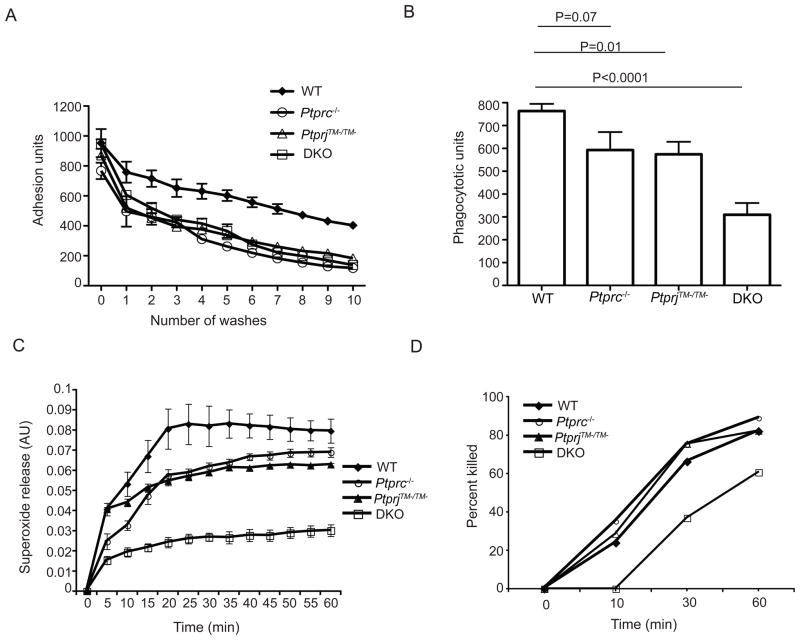Figure 2. CD45 and CD148 redundantly regulate neutrophil adhesion, phagocytosis, superoxide production and bacterial killing.
(A) Fluorescently labeled BM PMNs from indicated mice were plated on pRGD-coated wells and allowed to adhere at 37°C for 15 min, then exposed to a series of washes in a static adhesion assay. The decrease in fluorescence corresponding to the decrease in cell number was measured and plotted over the series of washes. Error bars represent ± SEM of triplicate samples. (B) Phagocytosis was determined by flow cytometric analysis of FITC-labeled heat inactivated opsonized S. aureus that were phagocytosed by neutrophils purified from mice of the indicated genotypes. Phagocytic units were calculated as (MFI of FITC+ neutrophils) X (% of FITC+ neutrophils). The data points shown here were determined 15 min. after bacteria incubation. Data were pooled from six independent experiments. The graph shows mean ± SEM. (C) Purified neutrophils were plated on microtiter wells in cytochrome c containing media. Production of superoxide by a respiratory burst following 1μm fMLF treatment was measured as the reduction of cytochrome c. Data were pooled from three independent experiments. (D) Intracellular bacterial killing capacity was assessed by viable S. aureus colony forming units (CFU). Percentage of killing was calculated as (1-(remaining CFU/input CFU)) X 100. Data were pooled from three independent experiments.

